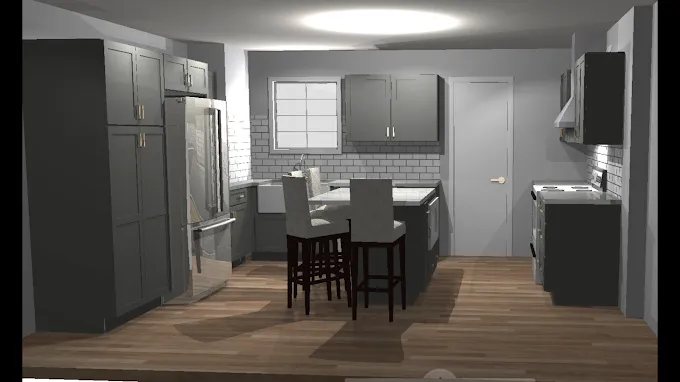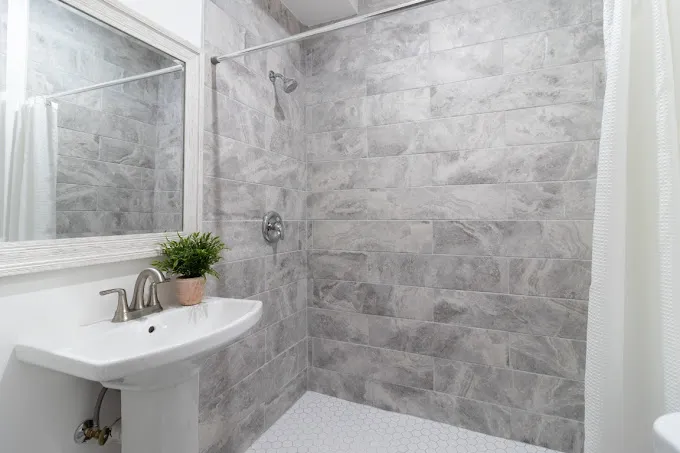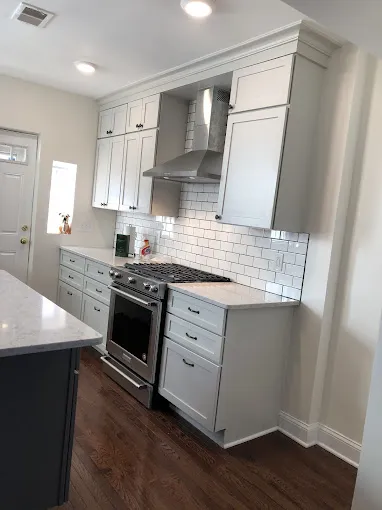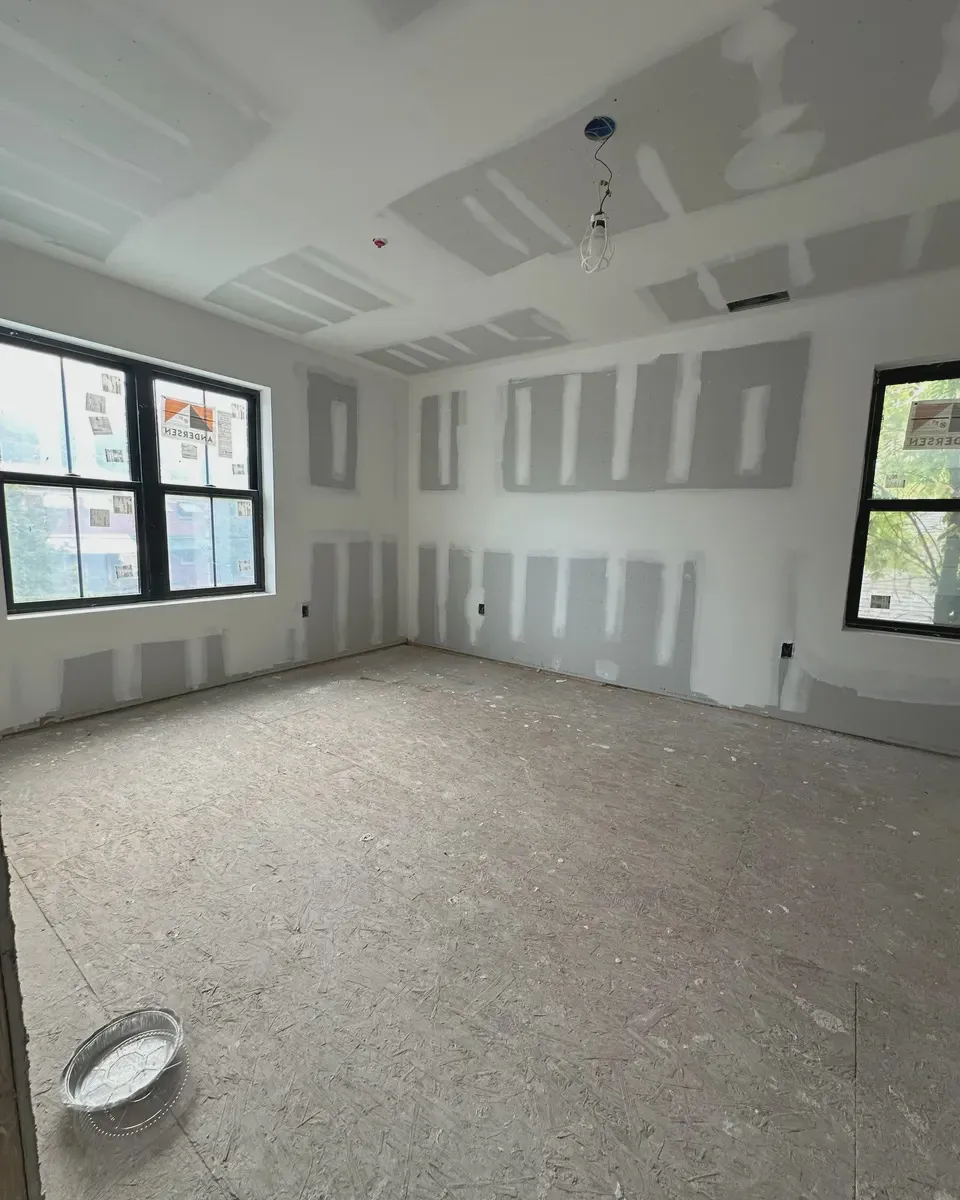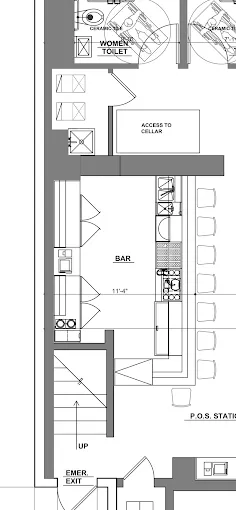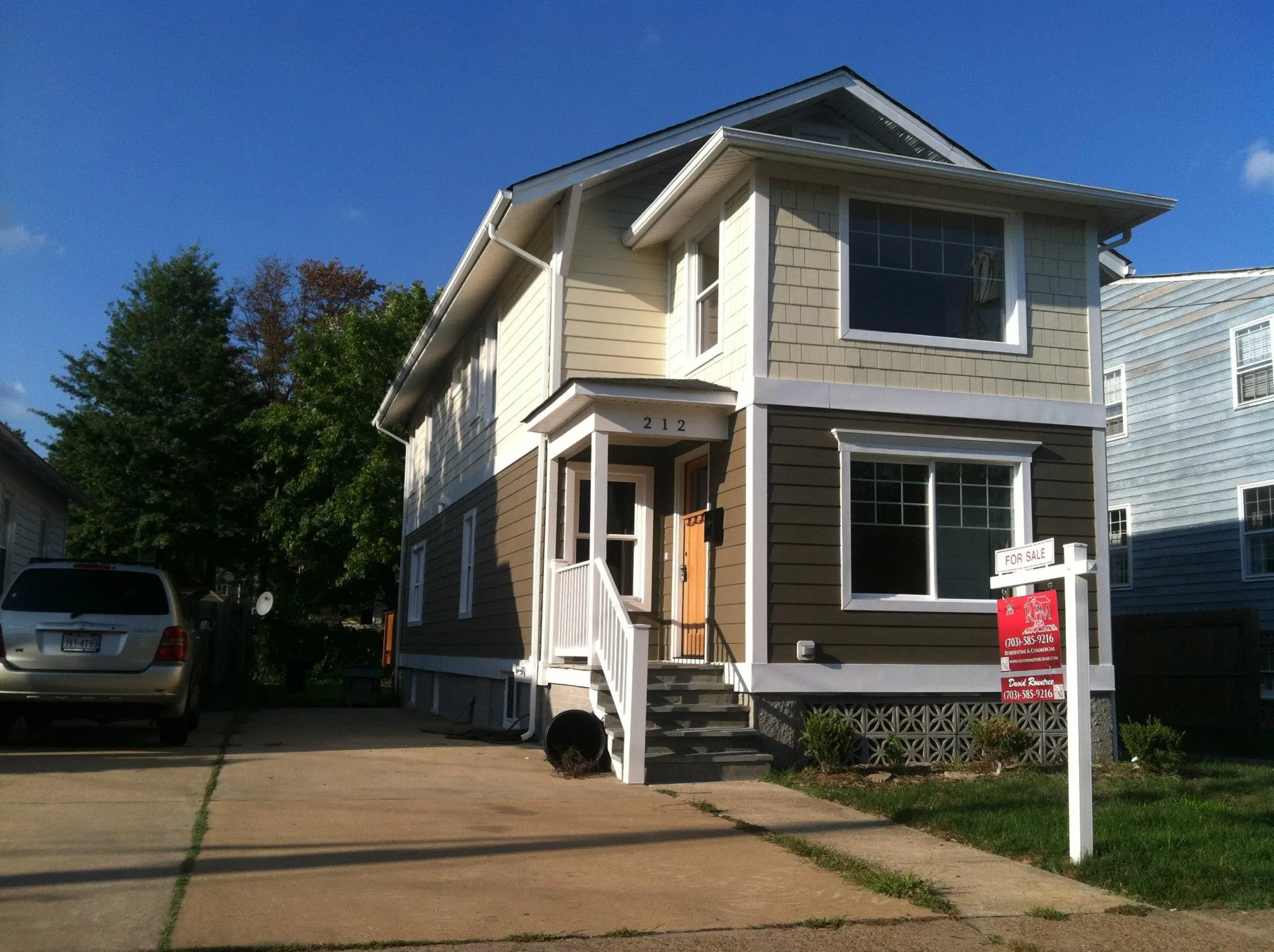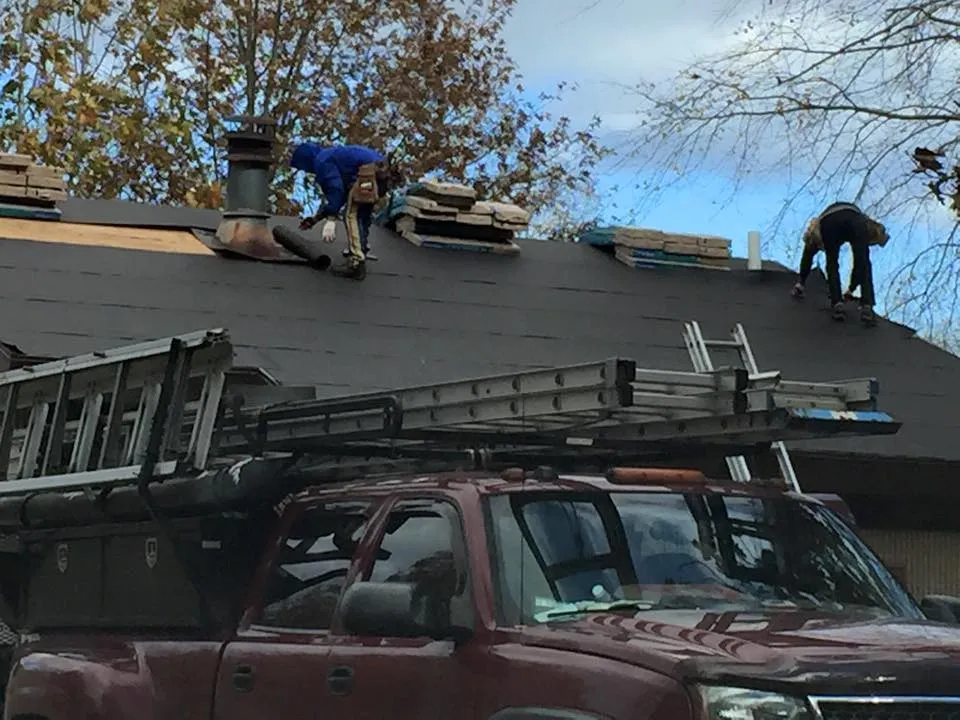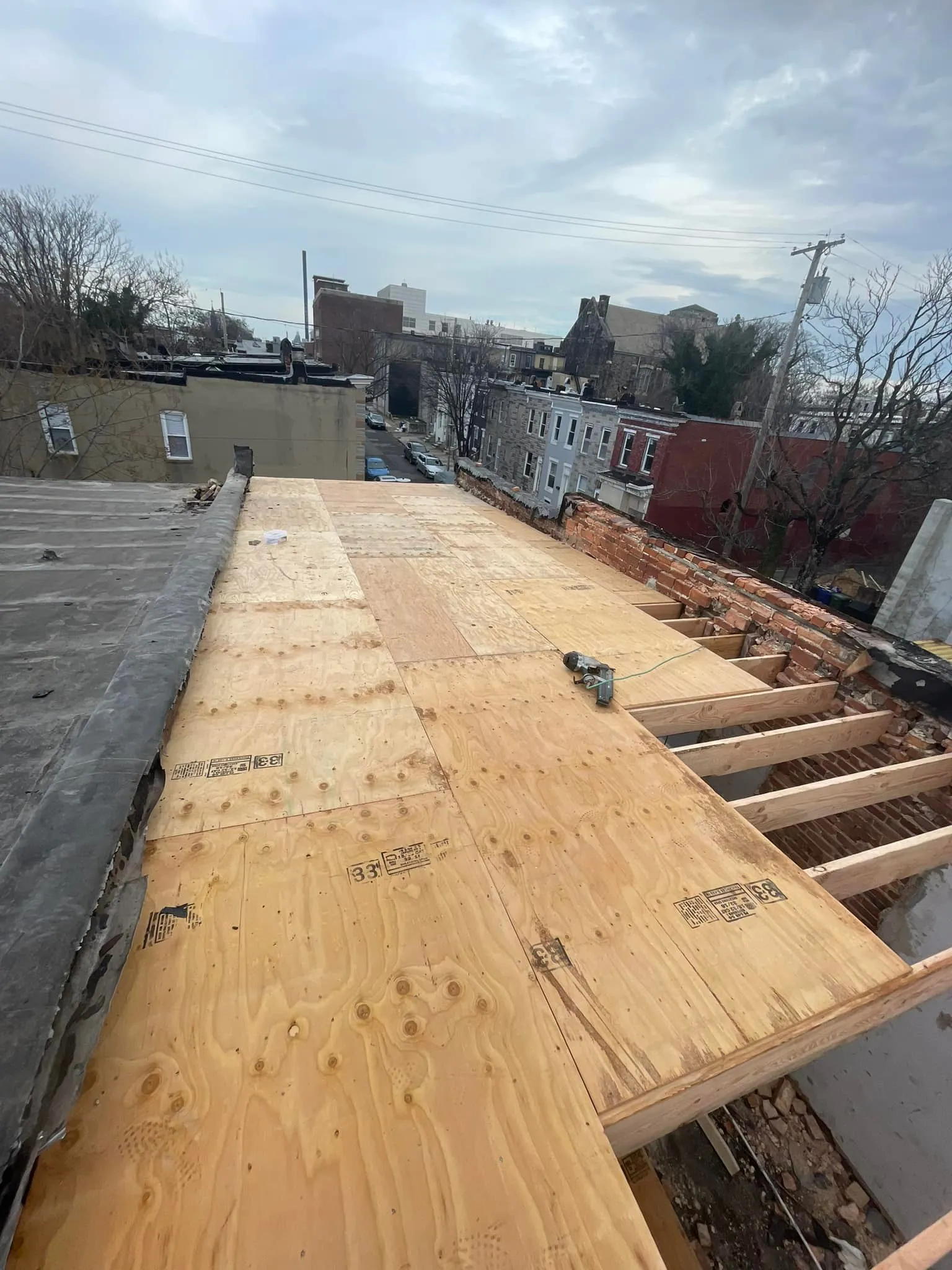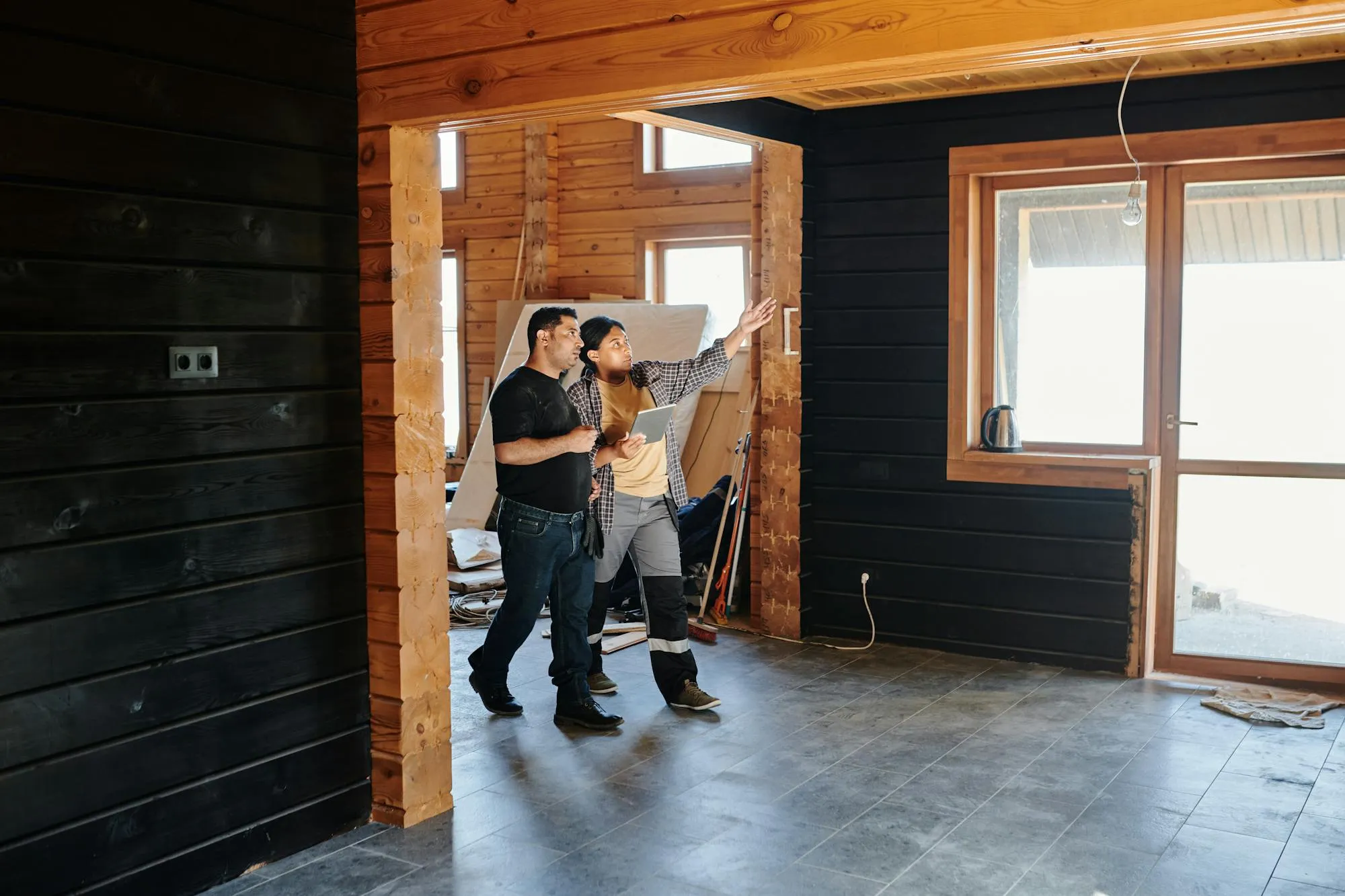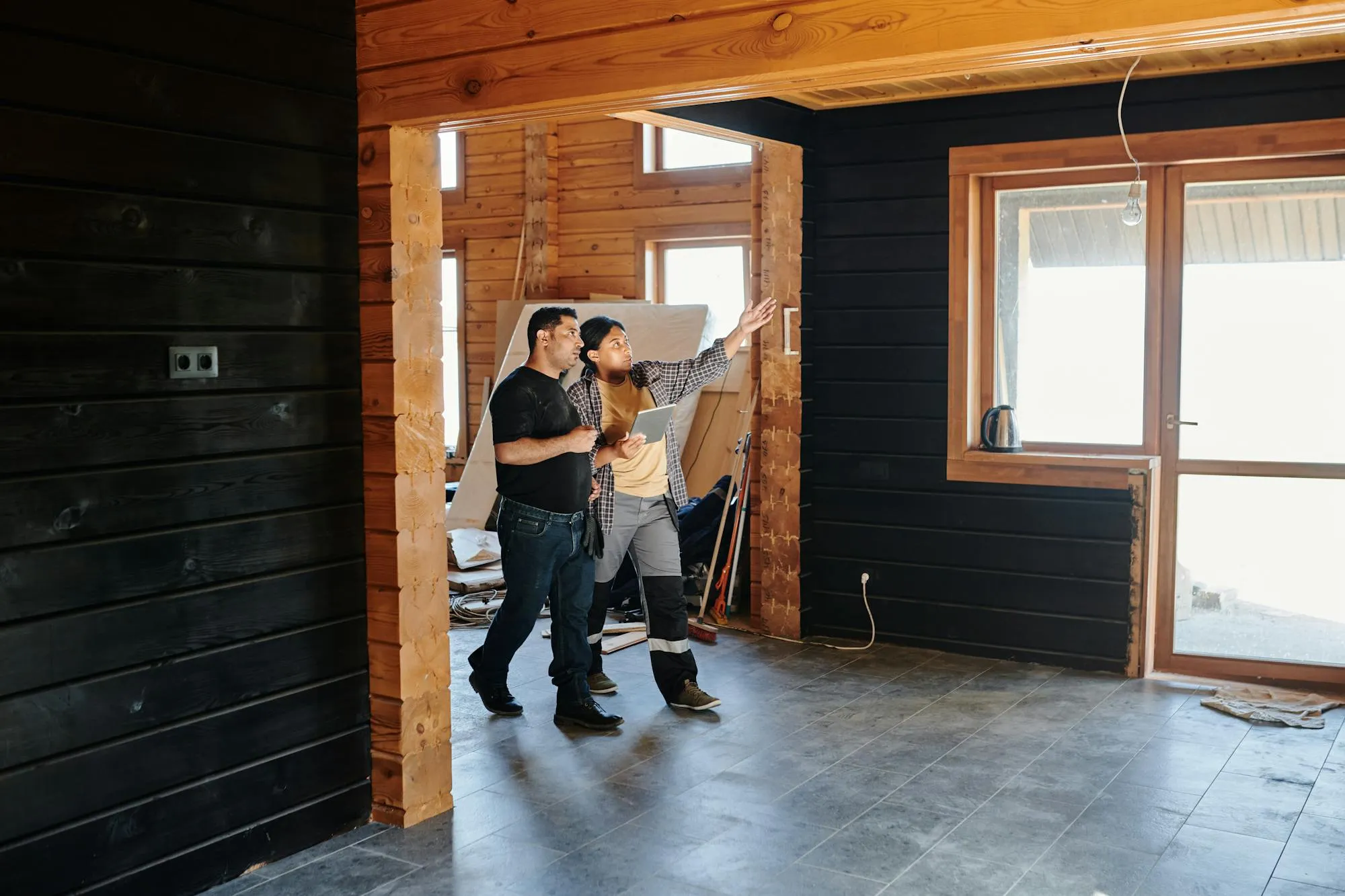
How to Repair Cracked Kitchen Tiles: Easy Step-by-Step Guide
How Can You Effectively Address Cracked Kitchen Tiles?
Cracked tiles in the kitchen are more than just a visual annoyance; they can compromise the integrity of your flooring surface, lead to further damage, and diminish the overall aesthetic appeal of your space. Recognizing the importance of swift and efficient repair methods is essential to maintaining both safety and style in your kitchen. At Pinkney Services, we understand the intricacies of tile repair and offer expert guidance to help you achieve a seamless fix that stands the test of time.
What Are the Signs That Your Kitchen Tiles Need Repair?
Understanding the early indicators of tile damage can save you from larger expenses down the line. Look for:
- Visible cracks or chips in the tiles
- Looseness or movement when walked upon
- Discoloration or staining around the tile edges
- Gaps or missing grout causing instability
Proactive identification and repair ensure your kitchen remains safe and visually appealing, enhancing overall functionality and value.
What Are the Best Methods for Repairing Cracked Tiles?
Yes, in many cases, minor cracks can be managed effectively with repair kits or epoxy fillers. This approach saves time and money while restoring the visual integrity of your tile surface. It involves cleaning the crack thoroughly, applying a suitable adhesive or epoxy, and allowing it to cure properly before cleaning excess material.
If cracks are extensive or if the tile is severely damaged, replacement is often the best solution. This approach ensures the integrity of your kitchen flooring or backsplash is preserved, and it offers an opportunity to update your style. Replacing tiles can be a straightforward process if you follow proper techniques or work with professionals who can match existing tiles perfectly.
How Do You Prepare Your Kitchen Tiles for Repair?
Preparation is crucial for a durable repair. Follow these steps:
- Remove any loose debris or old grout around the crack using a grout removal tool or small chisel.
- Clean the surrounding area thoroughly with a mild cleaner to eliminate dirt, grease, or residue.
- Ensure the surface is completely dry before applying any repair materials.
- If necessary, tape off adjacent tiles to avoid accidental damage or staining.
What Materials Are Necessary to Repair Cracked Kitchen Tiles?
Depending on the size and severity of the crack, you might need:
- Epoxy or ceramic tile repair kit
- Grout and grout sealer
- Tile adhesive or thin-set mortar
- Replacement tiles (if necessary)
- Putty knife and chisel
- Sponge and clean cloths
Choosing the right materials is vital to ensure a seamless, permanent repair. For style updates or a modern touch, consider exploring marble accents in modern kitchens.
How Do You Fix Cracked Tiles Without Damaging Surrounding Areas?
To maintain the look of your kitchen while repairing a cracked tile, follow these techniques:
- Use painter’s tape around the tile to minimize accidental damage or staining.
- Apply repair compounds carefully, using a toothpick or fine applicator for precise application.
- Allow each layer or repair to cure fully before proceeding to the next step.
- Polish or buff the repaired area to blend it seamlessly with the existing tiles.
What Are the Common Mistakes to Avoid When Repairing Kitchen Tiles?
Some repair attempts can lead to further issues if not executed correctly. Avoid these pitfalls:
- Using improper or incompatible repair materials that don’t match your tile type.
- Applying repair compounds when the surface is damp or dirty.
- Overlooking the root cause of cracking, such as foundation issues or improper installation.
- Ignoring safety precautions, especially when working with sharp tools or chemicals.
Consulting with professionals can help you circumvent these mistakes—consider reaching out to experts like Pinkney Services for comprehensive solutions.
How Can You Prevent Cracked Tiles in Your Kitchen?
Prevention is always better than repair. Implement these measures:
- Ensure proper installation using high-quality materials and techniques.
- Avoiding excessive weight or impact on tiles, especially in high-traffic areas.
- Maintain a stable temperature and humidity level to prevent tile expansion or contraction.
- Regularly inspect grouts and sealers, replenishing them as needed.
- Use protective pads under heavy appliances or furniture to distribute weight evenly.
For updates on the latest trends in kitchen design, explore our Fall Kitchen Renovation Trends.
Is It Better to Hire a Professional for Repair or Attempt DIY Fixes?
While DIY repairs can be tempting for minor cracks, professional expertise ensures a flawless finish, durability, and safety. Pros like Pinkney Services offer specialized tools, experience, and knowledge to handle complex issues that DIY methods might not resolve effectively. Expert repair can also restore your kitchen’s aesthetic seamlessly, matching existing tiles perfectly or suggesting modern updates for a refreshed look.
How Do You Match Existing Tiles When Replacing a Damaged One?
Matching existing tiles involves considering color, size, glaze, and finish consistency. Experts often keep a stock of spare tiles from the original batch or source replicas from suppliers. Additionally, they can adjust grout color or surface finishes to blend the new tile with the existing arrangement. Want inspiration for stylish kitchen upgrades? Check out affordable kitchen remodeling options.
How Can You Ensure Long-Term Success After Repair?
Post-repair maintenance enhances longevity and beauty. Adopt these habits:
- Seal grout lines periodically to prevent staining and moisture infiltration.
- Clean tiles regularly with non-abrasive, pH-neutral cleaners.
- Avoid using harsh chemicals that can degrade repair materials.
- Address any new cracks or damages promptly before they escalate.
For further inspiration on integrating timeless design elements into your kitchen, explore our modern kitchen marble accents.
What Are Some Frequently Asked Questions About Cracked Kitchen Tile Repairs?
Not necessarily. While some cracks may stem from foundational issues or shifting subfloors, superficial cracks often result from everyday wear and tear or temperature fluctuations. It’s wise to assess whether the issue is isolated or systemic, and consulting a professional can clarify the root cause.
Minor cracks in non-visible areas or with limited damage can often be addressed through DIY methods. However, for pristine results, especially in high-traffic or prominent regions, professional repair guarantees quality, safety, and aesthetic coherence.
The duration depends on the extent of damage and the repair method. Minor fixes may require a few hours, while comprehensive replacements might extend to a day or more. Planning ahead ensures minimal disruption to your daily routine.
From sleek marble accents to textured finishes, current trends emphasize timeless elegance combined with functional durability. Incorporate contemporary options like acrylic or glass tiles for a unique look, or consider [small kitchen remodels](https://pinkneyservices.com/post/small-kitchen-remodel-specialists-adams-morgan-district-of-columbia) for smart, stylish upgrades.
Conclusion — Embrace a Timeless Approach to Tile Repairs
Learning how to repair cracked kitchen tiles with patience, precision, and expert guidance can restore your space's beauty and functionality. Whether opting for minor fixes or full replacements, the goal remains the same: creating a kitchen environment that reflects your style while standing resilient against time. Remember, with the right strategies and professional support from Pinkney Services, your kitchen can continue to inspire and serve generations to come.


